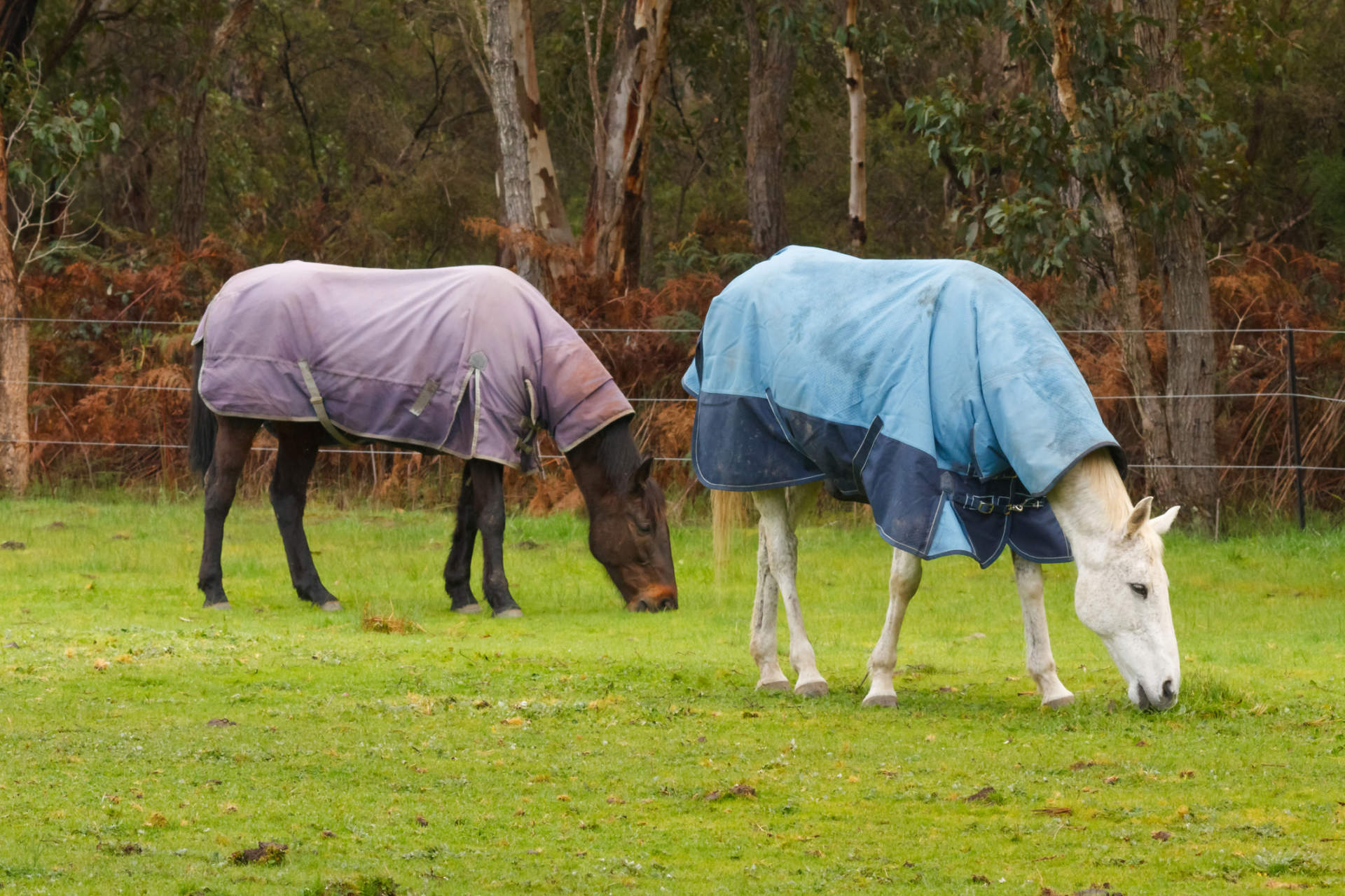In our quest to understand the various components of the human body, today, we delve into a unique joint that plays a crucial role in enhancing mobility and dexterity – the saddle joint. Have you ever wondered what allows us to perform intricate motions such as gripping the reins while riding a horse or smoothly adjusting your grip on tools? The answer often lies in the saddle joint.
The term ‘saddle joint’ might sound somewhat unfamiliar to many, yet it is a remarkable marvel of human anatomy. Saddle joints, also known as sellar joints, are exceptional because they provide an extensive range of motion, thanks to their unique structure. In this article, we explore what a saddle joint is, how it operates, and its significance, particularly in activities that equestrian enthusiasts love.
Anatomy of a Saddle Joint
A saddle joint is a type of synovial joint where one bone is shaped like a saddle with the other bone resting atop it, similarly structured to a rider sitting on a saddle. This structure allows for multi-directional movement. Perhaps the most renowned example of a saddle joint in the human body is the carpometacarpal joint of the thumb.
How Does a Saddle Joint Work?
The saddle joint works by combining flexion, extension, abduction, and adduction movements. This means it can move forward and backward, side to side, and can also allow for circumduction, which is a circular movement. These capabilities enable intricate hand movements essential for tasks like holding reins during horse riding or adjusting a saddle’s fit.

Why Are Saddle Joints Important?
The importance of saddle joints cannot be overstated, especially for equestrian enthusiasts. These joints are fundamental for performing a variety of skilled tasks that require precise hand movements. Here are a few reasons why saddle joints are vital:
- Grip and Dexterity: Saddle joints allow for a strong and stable grip, essential for handling horses.
- Maneuverability: They provide the range of motion required to maneuver reins skillfully.
- Versatility: These joints afford the versatility needed to adjust and fix equipment swiftly.
Common Examples of Saddle Joints
The human anatomical structure includes various joints that allow for mobility and flexibility. However, the saddle joint’s distinctive attribute is its shape, enhancing the range of motion significantly. Besides the carpometacarpal joint of the thumb, another example is the sternoclavicular joint, which connects the clavicle to the sternum and supports movements of the shoulder.

Saddle Joint vs Other Joints
Joints in the human body come in different forms, each serving unique functions. Let’s differentiate saddle joints from other joint types:
Saddle Joint vs Hinge Joint
Unlike saddle joints that allow multi-directional movement, hinge joints like the elbow permit movement in one plane – flexion and extension – much like the motion of a door hinge.
Saddle Joint vs Ball-and-Socket Joint
Ball-and-socket joints, such as the hip and shoulder joints, allow for an even greater range of motion than saddle joints. They enable rotational movements, unlike saddle joints which primarily permit bidirectional movements.

Role of Saddle Joints in Equestrian Activities
Equestrian activities demand a high level of dexterity and control, especially of the hands. Understanding saddle joints’ role can enhance one’s efficiency and effectiveness in a variety of tasks:
Handling Reins
Strong, flexible thumbs and wrists are essential to control and direct the horse smoothly. The saddle joints facilitate these precise movements.
Adjusting Equipment
Whether tightening a saddle cinch or adjusting stirrups, saddle joints provide the necessary adaptability and control for these tasks.
Maintaining Healthy Joints
Maintaining joint health is crucial, especially for those engaged in activities requiring significant hand and wrist use. Here are some tips:
- Proper Diet: Nutrition plays a key role in joint health. Ensure a balanced diet rich in vitamins and minerals.
- Regular Exercise: Engage in exercises that strengthen the wrists and fingers.
- Adequate Rest: Give your joints ample rest to avoid overuse injuries.
FAQs
What happens if a saddle joint is injured?
Injuries to saddle joints can significantly limit a persons ability to perform fine motor skills, essential for activities like horse riding. It is crucial to seek medical attention immediately if an injury is suspected.
Can saddle joint health decline with age?
Yes, like all joints, saddle joints can suffer from wear and tear, leading to conditions such as arthritis. Regular exercise and a healthy lifestyle can help sustain joint health through the years.
Are there exercises specifically for saddle joint health?
Yes, exercises such as thumb stretches, wrist flexor and extensor stretches, and resistance training specifically target and strengthen saddle joints.
As an Amazon Associate, I earn from qualifying purchases.
As an Amazon Associate, I earn from qualifying purchases.